Minicab classics
There are several iconic taxis from around the world – London’s Black Cab, the New York Checker Cab, Tokyo’s Toyota Crown – but out in the suburbs another breed of transport formed in the postwar years: the minicab.
As cars become more affordable and reliable, and as people lifted their horizons beyond their immediate neighbourhood, getting from A to B became more important. To fill that need, the new dial-up and drive minicab offered cheap, reliable journeys and you didn’t have to worry about parking or having a drink with dinner. Very soon, every town and village had its own minicab company, or sometimes more, and that did occasionally lead to come conflict between rival companies. Remember the 1963 film Carry On Cabby? It had some roots in fact, though probably not between husband and wife as in the film…
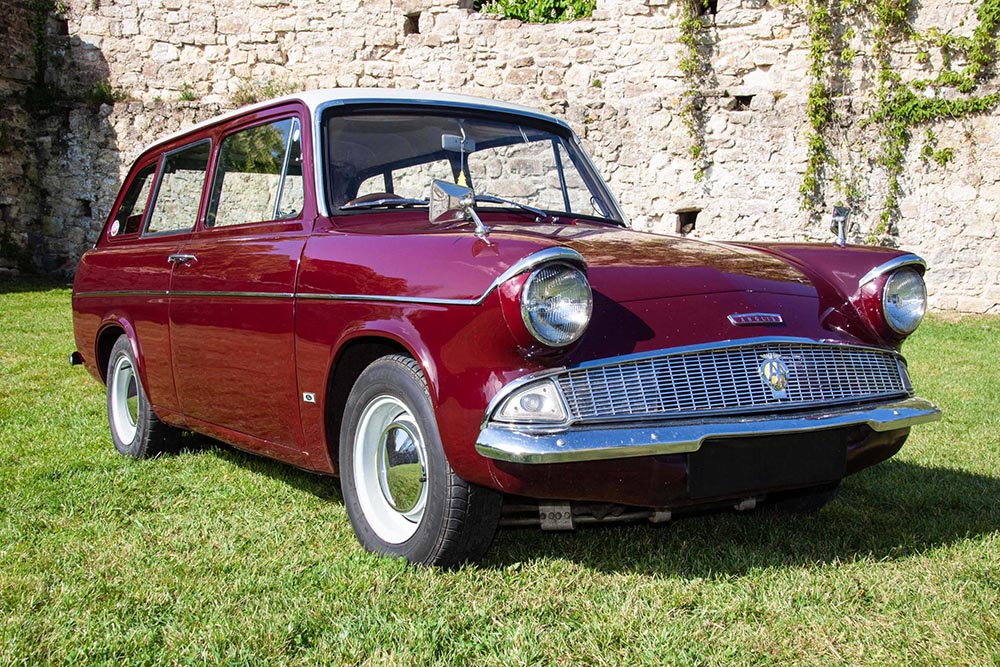
Only the famous Black Cab and its drivers were licensed to pick up fares on the street, so minicabs had to be booked or taken from an office. These new firms couldn’t use the Black Cab, so they sought out the most cost-effective cars for the job. Some tried to get away with the smallest and cheapest cars, such as the Ford Anglia or Standard 8, but they were quickly found to be lacking in the space, comfort, and customer appeals stakes.
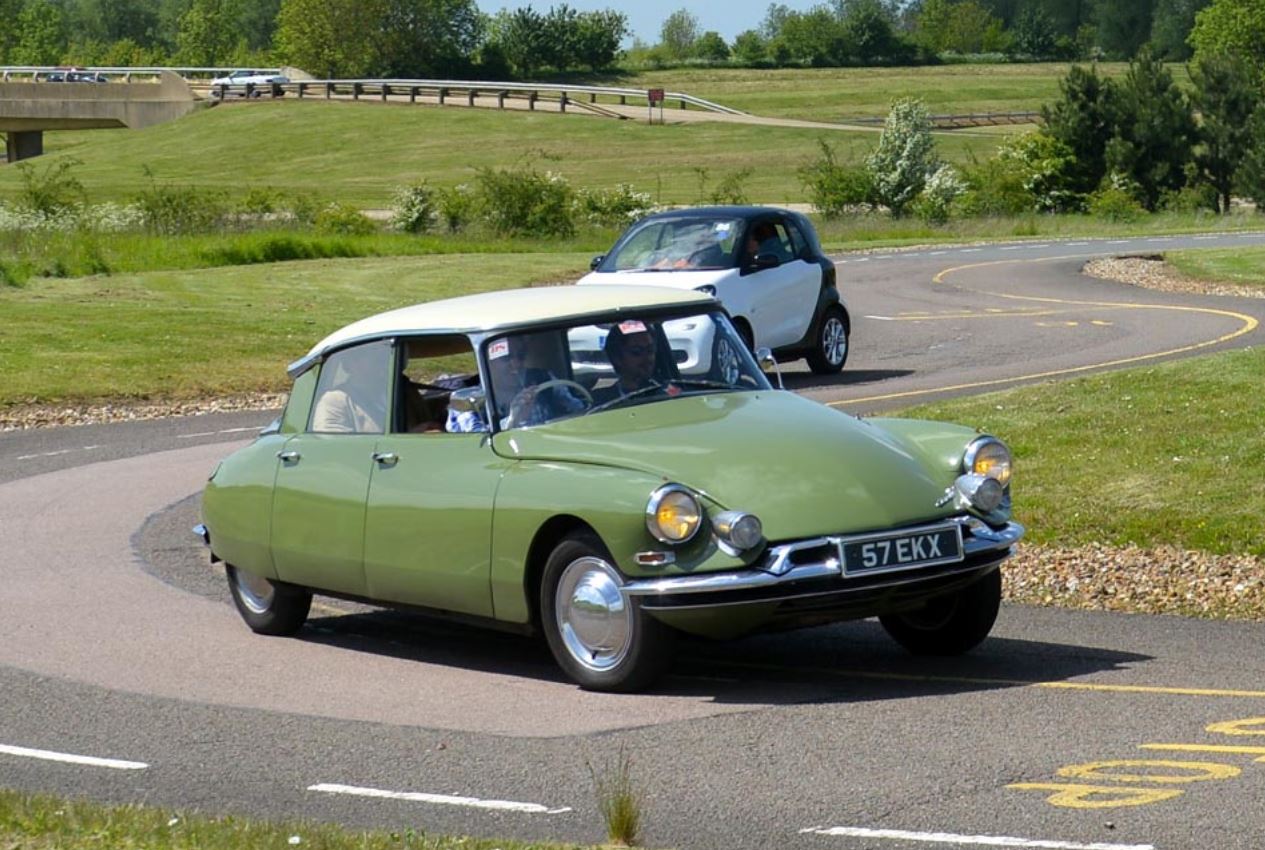
Given the need for such a specific set of demands, plus engines that wouldn’t slurp the profits, minicab drivers turned to an array of family saloons, hatches and estates. In the UK, this meant mostly homegrown fodder as it was popular, easy to get parts for them, and they were cheaper than imports from abroad. This was also a time in the 1950s when a Citroen DS that made the perfect taxi in Paris or a Mercedes Ponton that fitted in around Munich was not going to find much favour in suburban Britain.
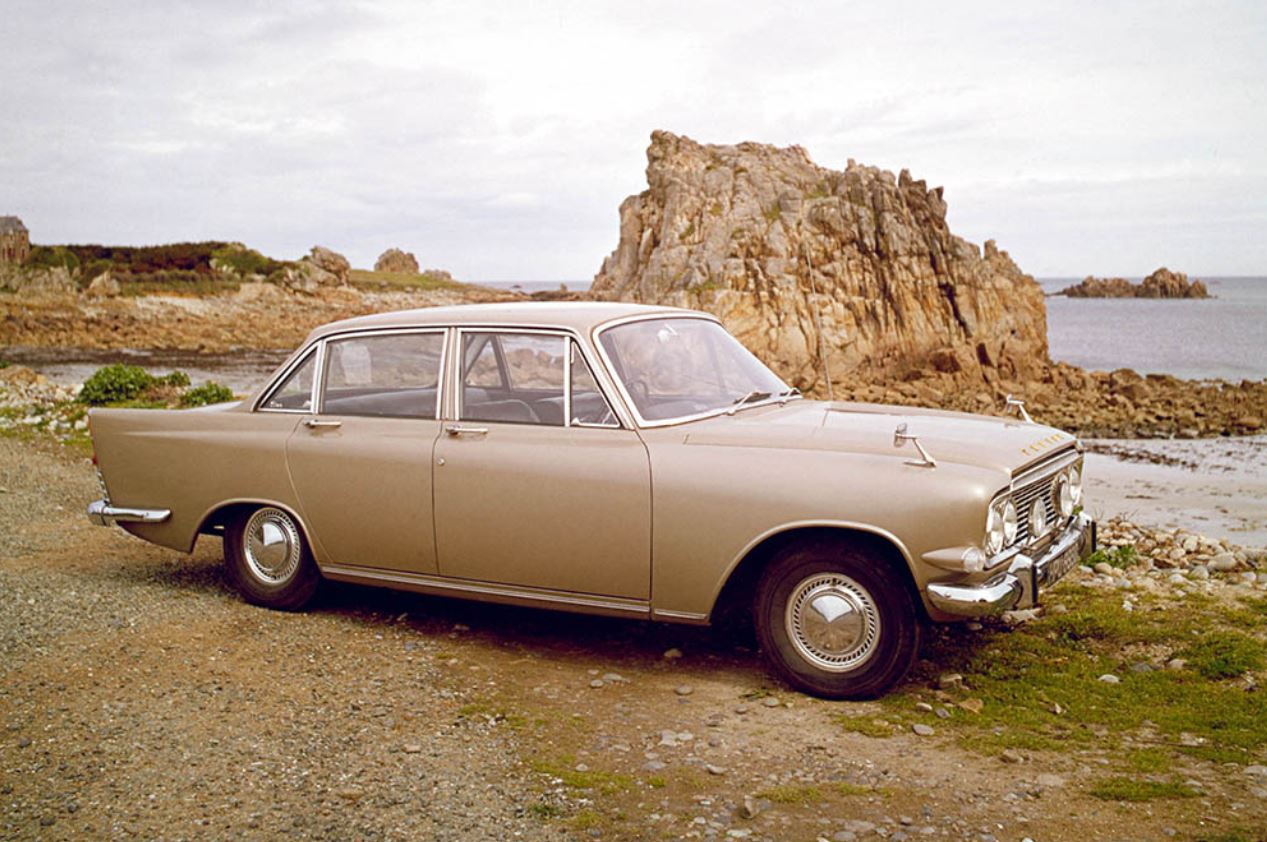
What the Great British travelling public got instead was a steady stream of solid saloons such as the Austin Cambridge, Ford Zodiac, Hillman Minx, Morris Oxford, and Vauxhall Victor. They all offered plenty of space and comfort for the paying passenger and the driver, even if they were not the last word in luxury. These companies went on to dominate the market in the UK right through the 1960s and 1970s, with the occasional variation on the theme such as Wolseley-badged model or maybe a Humber Sceptre.
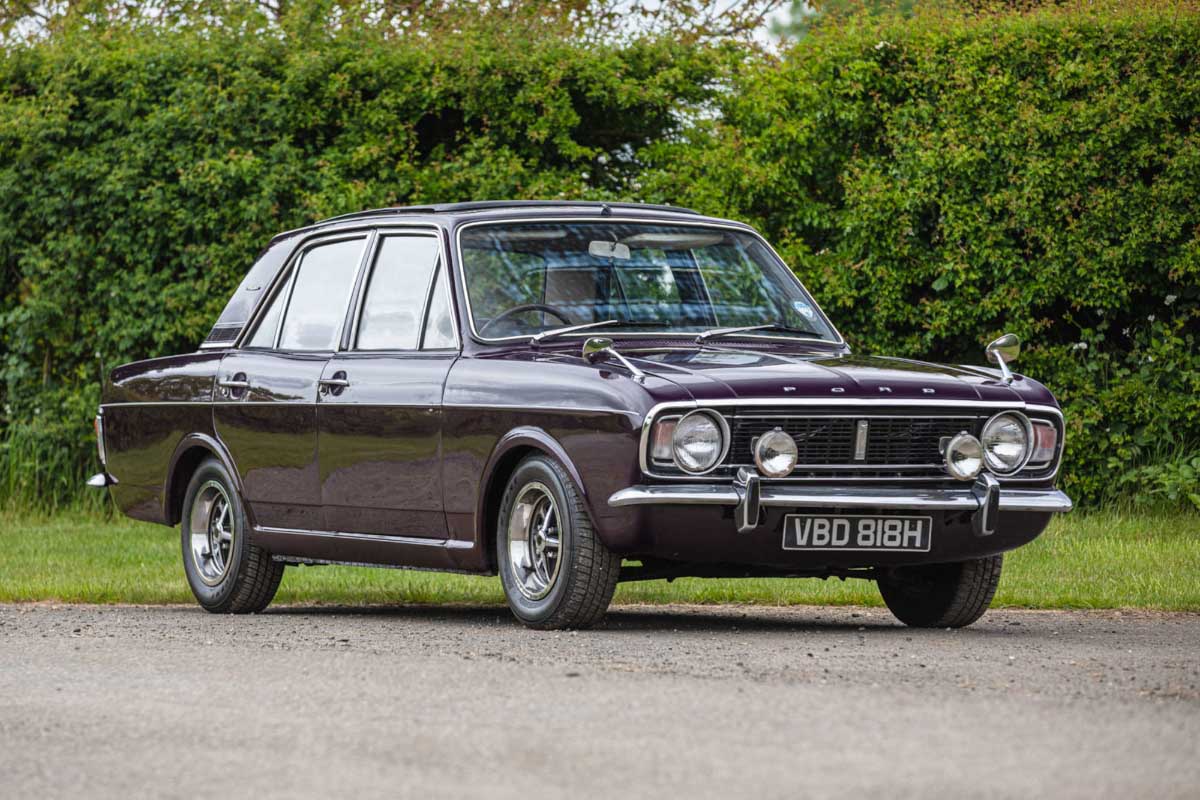
Ford was among the first to recognise that customers wanted more than just a few colours to pick from, so it started to offer more optional extras with its new Cortina range. This was a minicab made in heaven thanks to its peppy performance and supple ride, plus plenty of interior space. And the owner/driver could spruce it up with a few luxuries.
The response from what was now BMC (British Motor Corporation) was not to offer more kit as revenue-generating options but to introduce the 1800. This was a revolutionary model in its own way by being the first British-made family saloon with front-wheel drive. This should have been ideal for minicabbers as it freed up more rear space for passengers. However, the minicab business was conservative and shied away from anything unproven.
This attitude softened by the time the Maxi arrived in 1969 as the idea of a front-drive family car had become more familiar. However, as the 1970s dawned, Ford upped its game again with the third-generation Cortina and the more upmarket Consul and Granada twins. Simple, robust mechanics mixed with good driving dynamics and comfort made these Blue Ovals the obvious choice for many minicab firms. Some opted for the Morris Marina or the Vauxhall Cavalier, which was launched in 1975, but it took another twist for Ford to be unseated from its minicab throne.
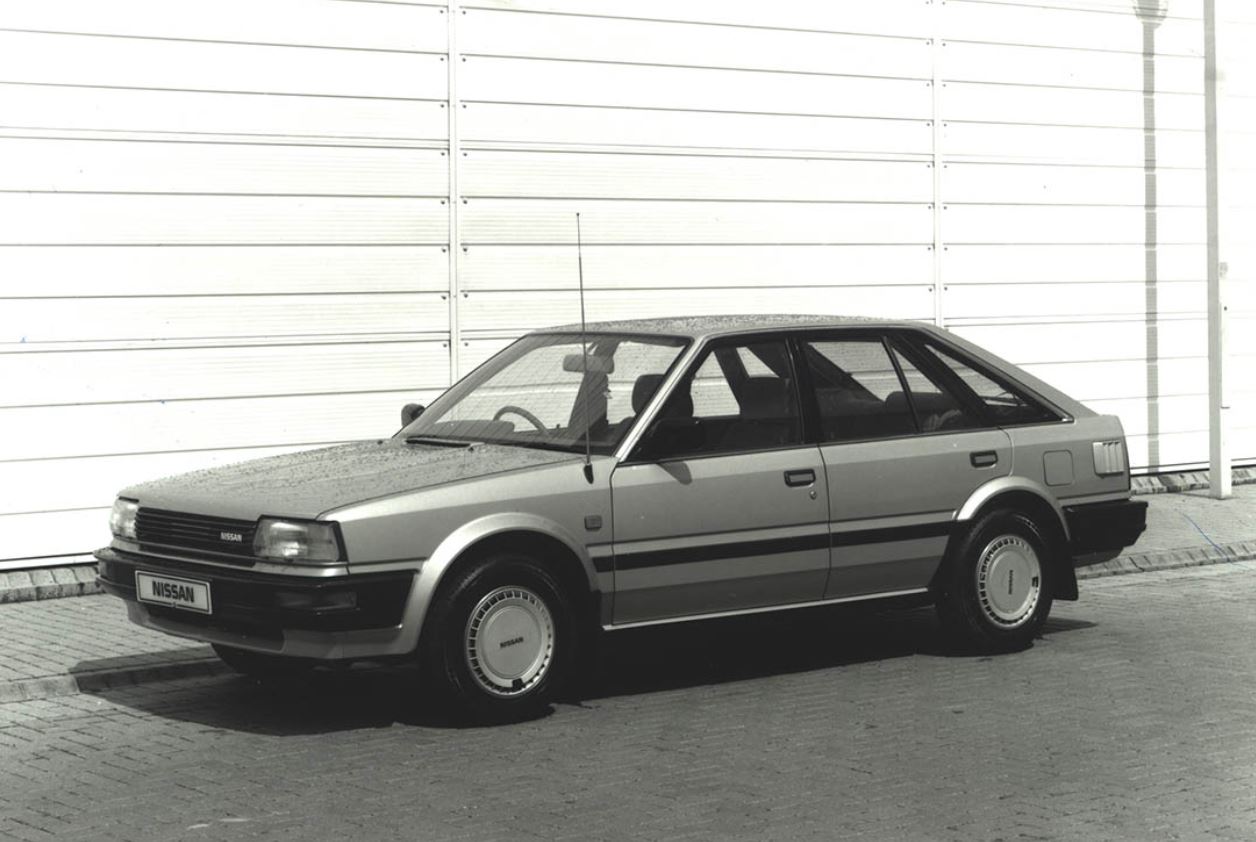
Nissan set up its factory in Sunderland in 1984 and, by 1986, the Bluebird was rolling off the line in large numbers without any worries about import quotas because it was produced right here in the UK. Its mix of good build, frugal engines, and plenty of standard kit included in the keen price made it a big hit with the minicab trade. In a business that would relentlessly find any weakness in a car’s design with the miles and abuse the cars had to take, the Bluebird shrugged it off and came back for more.
By now, the Ford Sierra was the odd one out with its rear-wheel drive platform as Nissan, Vauxhall, Peugeot and Austin had all moved to front-drive. It wasn’t until the Mondeo arrived in 1993 that Ford had a serious contender again and now there was a whole raft of others looking to tempt in lucrative minicab fleet sales. As you headed to the nearest minicab rank, you were just as likely to step into a Peugeot 405 or Toyota Carina as a Ford Mondeo.
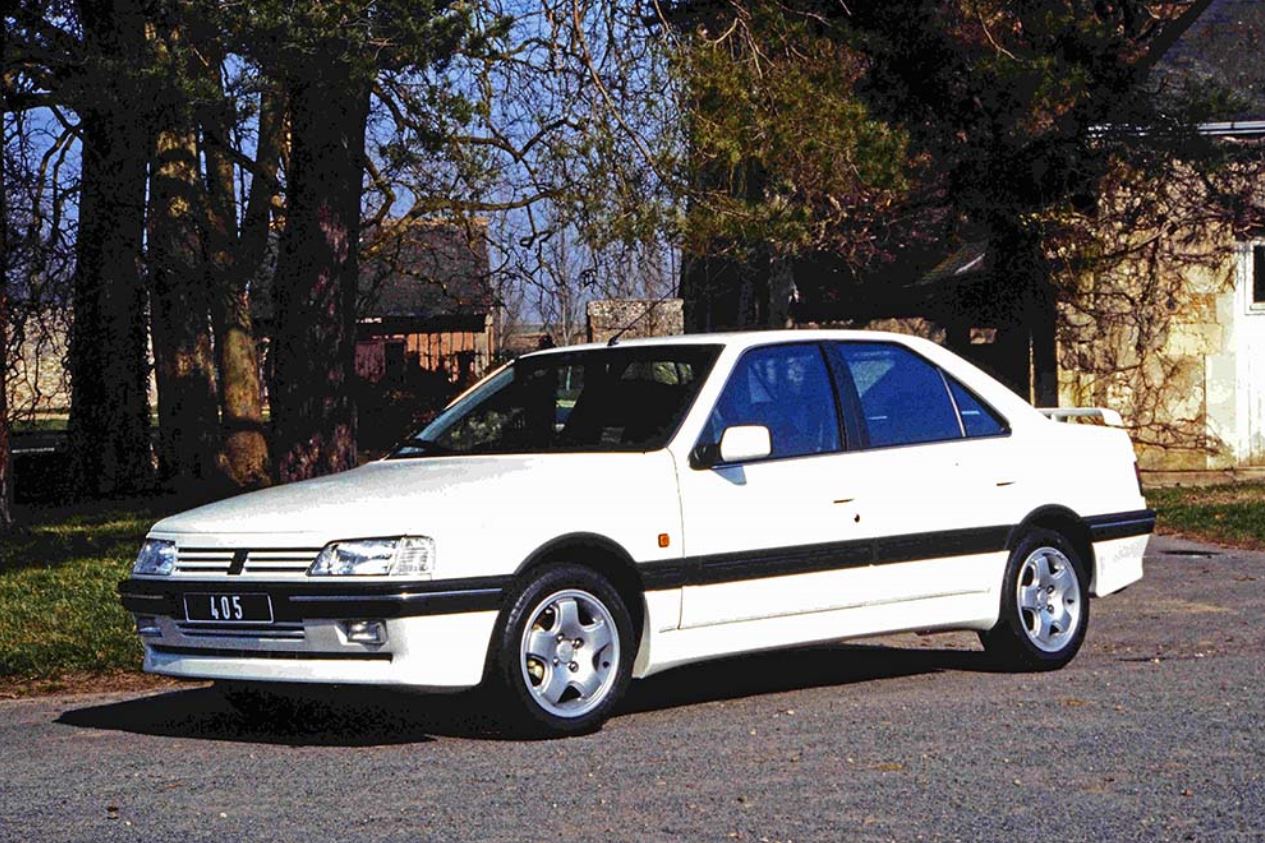
This was all a far cry from the austere saloons of the 1950s and ’60s, not least because most of these modern minicabs were practical hatchbacks. You could even order them with diesel engines that delivered lower fuel consumption to help keep running costs lower, even if they were not always the last word in refinement or rapid speedy acceleration.
Another sea change came about when Toyota introduced the first Prius in 1998, bringing the strange new world of hybrid power to the minicab line. Swift it was not, but the Prius showed it was supremely reliable, comfy, and hard-wearing, which endeared it to drivers and operators. That’s why today the Prius is the default choice of minicab firms all across the UK and beyond.
What are your thoughts on the minicab? Let us know in the comments below.

COMMENT